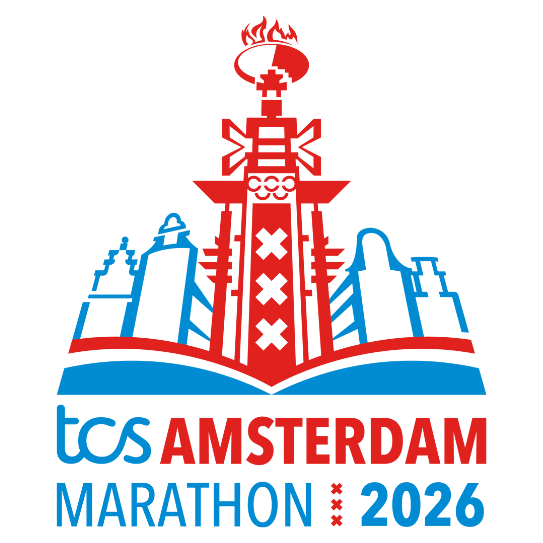Heatstroke can happen to any runner
Here's how to prevent and treat heatstroke
Taking part in a running event is a unique experience; at the same time, however, you ask a lot of your body! You exert yourself considerably, which causes your body temperature to rise. This is normal, but sometimes your body is no longer able to disperse this heat. In such circumstances, you're at risk of overheating, which can eventually lead to life-threatening heatstroke. Fortunately, you can do a lot yourself to prevent heatstroke and also help other runners. The advice on this page and in the information video below will help you do so. Pay close attention to the advice (and share it with your fellow runners and supporters). That way, you'll be well prepared when that starter's gun goes off.
Overheating: even if it isn't 'stiflingly hot'
Just to clear up one misunderstanding from the outset: it doesn't have to be very hot to overheat. Although it is more common in warm weather, you can overheat, or even get heatstroke, at temperatures as low as, for example, 14 degrees. Heatstroke is when your body gets so hot during exercise that organs are at risk of failure, which occasionally even results in death. Even though older and less fit individuals are officially more at risk of heatstroke, in real life we are also seeing young and experienced runners being affected. Fortunately, there's a lot you can do to prevent heatstroke. If you follow the following five pieces of advice, you'll be greatly reducing your risk of overheating (or heatstroke)!


